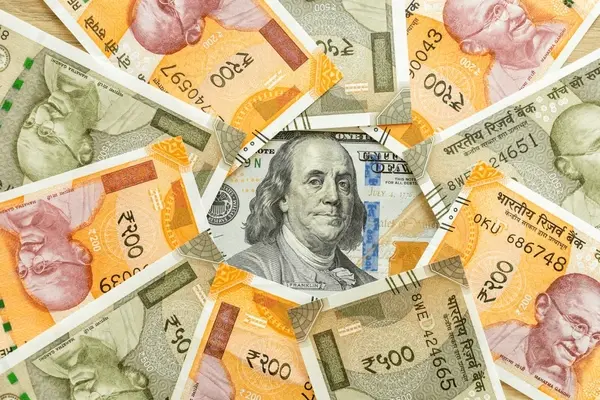Is Cloud Seeding a Sustainable Solution for Solving Air Pollution in Delhi?
- Will Turrell

- Nov 27, 2023
- 2 min read
Delhi, the capital city of India, has recently been battling extremely poor air quality. The city has had a historically poor reputation for air pollution given its growing size and population. The cause of the worsening pollution has mainly been caused by crop burning, a practice used by farmers to clear their fields after harvesting but dust from roads and construction sites as well as vehicle emissions and industrial pollution are other major contributors. The geography of Delhi also doesn’t help the situation, as Delhi is landlocked meaning options to flush out the air are limited due to the lack of sea breeze. As winter approaches, ground temperatures are reduced, and warmer air rises bringing small particles with it, however cold air acts as a blanket trapping air pollutant preventing vertical air movement.
Reports state that Delhi’s pollution levels are around 80 times the limit set by the World Health Organisation on a bad day. The current guidelines regarding air pollution state an annual average concentration of PM2.5 is 5 µg/m3 (Where PM2.5 is particles less than 2.5 microns). The poor air quality has resulted in many school closures and firms are encouraging their employees to work from home. The government has also advised young children, the elderly, and those with health concerns to stay inside. Exposure to air pollution poses major health risks to the citizens of Delhi. Many diseases show a direct correlation with prolonged exposure to high levels of air pollution. The World Health Organisation has demonstrated evidence of prolonged exposure to type 2 diabetes, obesity, systemic inflammation, Alzheimer’s disease, and dementia. Furthermore, it has also been shown to have direct links as a leading cause of cancer, which has been supported by the International Agency for Research and Cancer.
To combat air pollution within the capital, researchers from the Indian Institute of Technology have proposed the idea of using artificial rain in an attempt to clean the air. This practice began in 1946 and has since been employed by over 50 countries to help complete the aims of inhabiting deserts, improving agriculture production, elevating the standard of living among poor communities and avoiding high levels of air pollution. The diagram below created by BBC Research, clearly exhibits the process of cloud seeding.
However, there is still controversy over whether the practice is safe and effective. Atmospheric conditions must be precisely right for the process to be successful, relying on certain amounts of moisture and humidity in the clouds. Some scientists also believe that silver iodide could result in silver toxicity in the environment if the practice continues to be used at a growing rate. Furthermore, others believe it may affect the earth’s natural balance of moisture, causing knock-on effects on the water cycle. Despite this, there has been no evidence yet found on the negative effects of cloud seeding. However, many argue that cloud seeding is only a temporary solution for this long-term problem Delhi is facing and the need for sustainable change and greener technology is needed for the city to see long-term improvements.






Comments